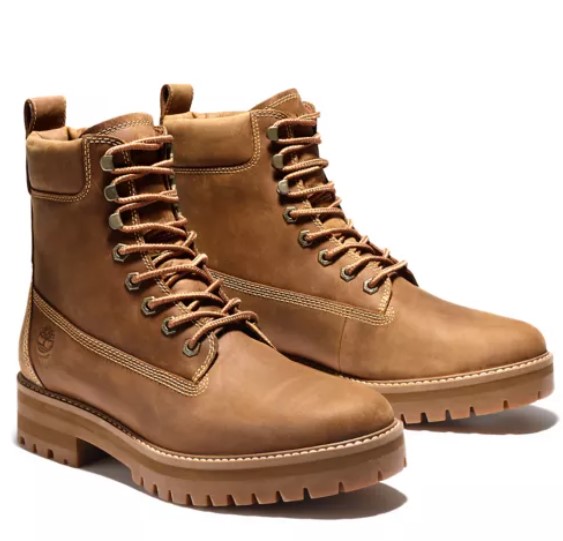
US outdoor wear company Timberland has set a target to have a net-positive impact on nature, with regenerative agriculture and circular design playing key roles in this strategy. The company aims to have 100% of its materials sourced from regenerative agriculture and 100% of its products designed for circularity by 2030.
“To sustain is to keep things as they are, but the environment is already severely degraded, so we can’t sustain that,” said Zachary Angelini, Timberland’s manager of environmental stewardship, at The Economist’s Sustainability Week 2021. “We need to create a world that’s more abundant, resilient, and beautiful than it is today.”
Regenerative agriculture is a set of farming practices that return nutrients to the earth and rehabilitate entire ecosystems. It builds soil, health, sequesters carbon, improves watersheds, increases biodiversity, and promotes humane animal welfare.
Circular design, on the other hand, is design to support the circular economy, a system in which the generation of waste is avoided throughout the value chain.
Timberland, Mr. Angelini said, applies circularity to its products to reduce the negative impacts and waste associated with product creation. It also supports farmers who use regenerative agriculture practices to build environmental benefits to the supply chain.
Among the lessons the company learned in its journey is the importance of having pilot projects as proof-of-concept. “Start small and trigger a snowball effect,” added Mr. Angelini. “Find key levers for scale.” Publicly announcing one’s goals also sends a demand signal to suppliers and triggers collaboration among like-minded partners.
Thousand Hills Lifetime Grazed, a farm that practices regenerative agriculture, is one such partner. The Minnesota farm helps Timberland create its regenerative leather boots.
“Reductionist thinking, industrialized agriculture, and extractive capitalism have wreaked havoc on our global grasslands, which represents 1/3 of earth’s land surface,” said Matt Maier, founder and owner of Thousand Hills Lifetime Grazed.
He added that according to an estimate by the Food and Agriculture Organization (FAO), we have 60 years of harvests left at the current rate of soil degradation.
Consumers can play their part by knowing where their food and fashion comes from. “Shop for brands with shared values,” added Mr. Maier. “Recognize the value in the package. It’s cheap now, but it may be expensive later. Or can we just recognize the costs in healthcare later because of the cheap food or fashion now.”
As Mr. Angelini put it, “We have the opportunity to shift the fashion industry from creating beautiful products to making the world more beautiful through how our products are created.” — Patricia B. Mirasol

